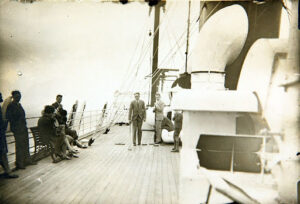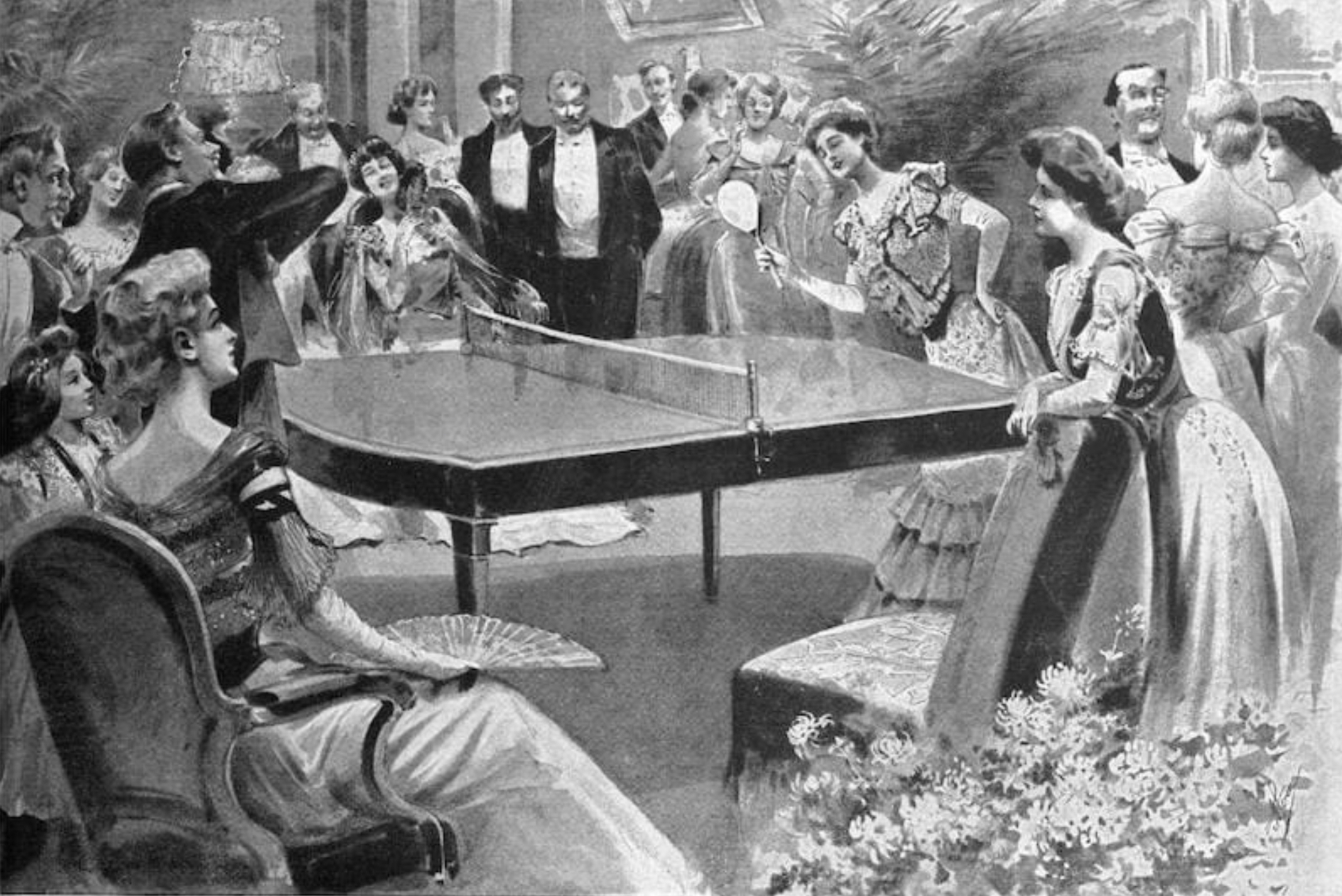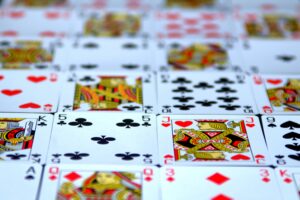Welcome to Shuffleboard 101! At Optima®, we’re not just about sleek designs and stunning architecture; we’re about creating vibrant communities where fun and engagement are part of daily life. And what better way to bring people together than a timeless game of shuffleboard? Let’s slide into the history of this classic game and explore how it plays a significant role in our community.
A Stroll Down Memory Lane
Shuffleboard, a game with roots dating back to 15th-century England, has come a long way. Originating from a game called “shove-groat,” where players slid coins across a table, shuffleboard has evolved into a beloved pastime worldwide. It’s fascinating to think that this game, which started with people pushing coins in taverns, now brings laughter and friendly competition to our modern community spaces at Optima.
Modern shuffleboard is a blend of skill, strategy, and, most important, fun. The goal is simple: players use cues to slide weighted discs down a narrow court, aiming to score points by landing the discs within designated areas. Whether you’re a first-timer or a seasoned player, shuffleboard is accessible to all, making it a perfect game for community interaction.

Shuffleboard at Optima®: More Than Just a Game
In social spaces at Optima Kierland Apartments® and Optima Signature®, shuffleboard is a community catalyst, allowing residents to gather for friendly matches, fostering connections, and relaxation. It’s not just about scoring points; it’s about the smiles shared, the conversations sparked, and the sense of belonging that comes from engaging in a shared activity.
Incorporating amenities like shuffleboard into our living spaces aligns perfectly with our philosophy. We believe in crafting environments that encourage interaction, relaxation, and a sense of community. The courts are a testament to this belief, offering a space where residents can unwind and connect in a laid-back, enjoyable setting.
Join the Fun!
Whether you’re an aficionado or new to the game, we invite you to join in the fun at Optima. Discover the joys of this timeless game, meet your neighbors, and experience firsthand how simple pleasures can enrich our lives and strengthen our community. At Optima, it’s not just about where you live, but how you live—and shuffleboard is a part of that vibrant, engaging lifestyle.
So, grab your pucks, step up to the court, and let the good times slide!














